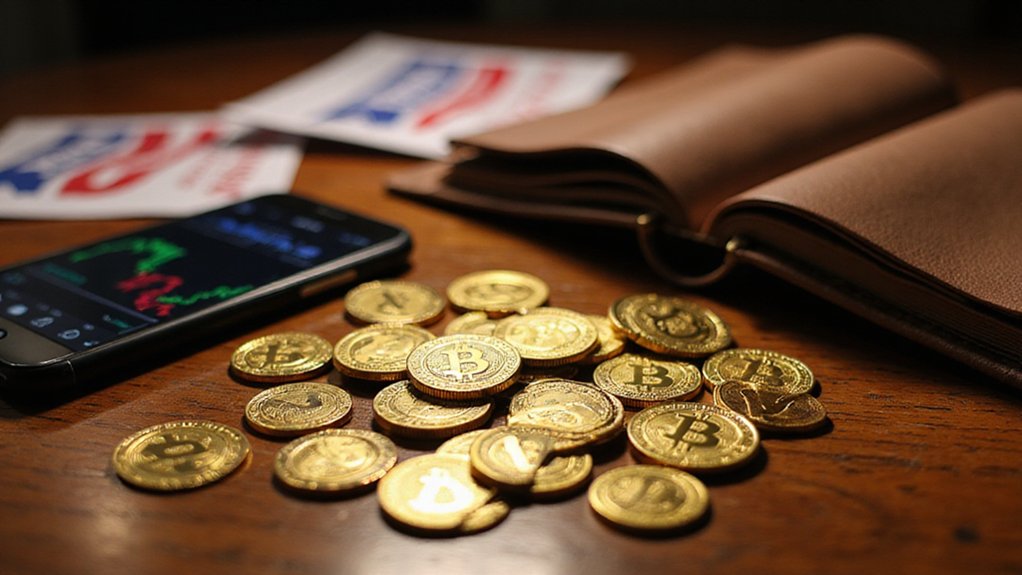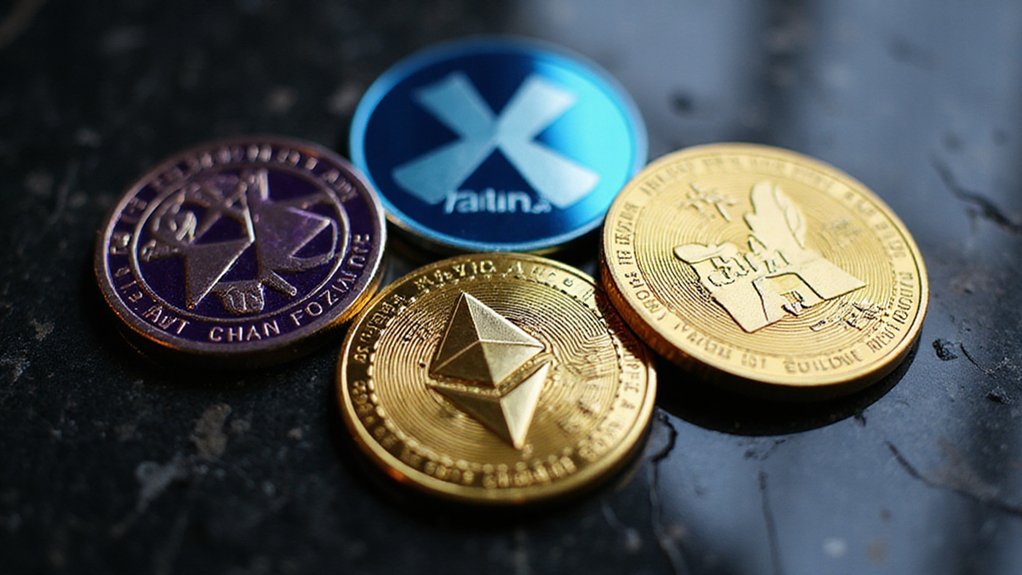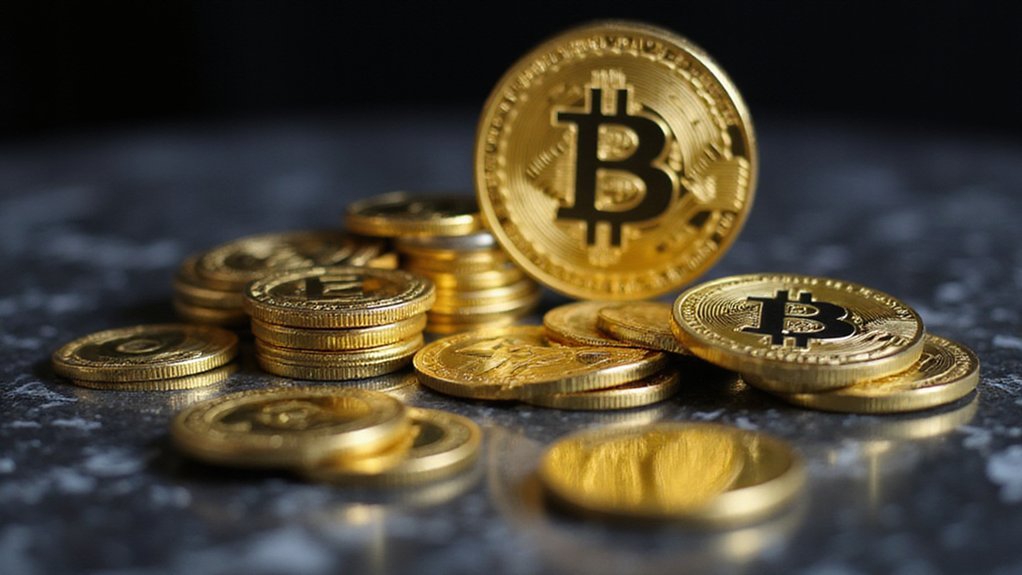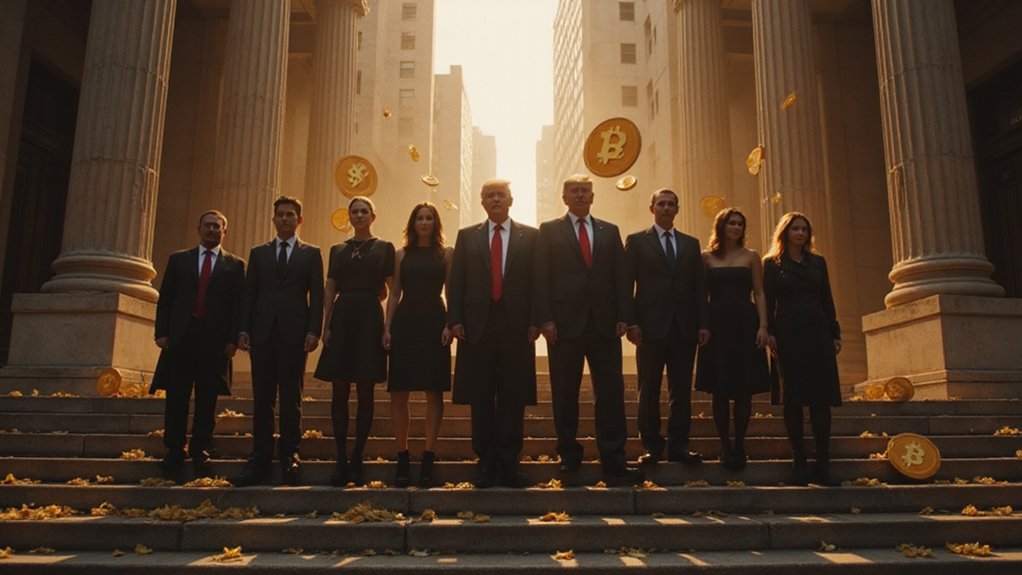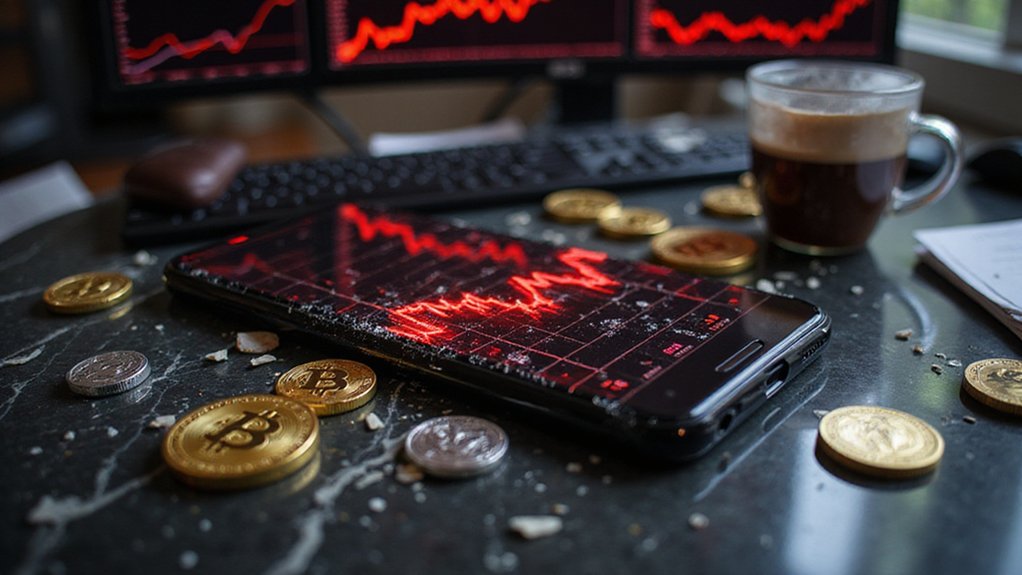Reversals, it seems, have become the hallmark of modern crypto ventures—and World Liberty Financial‘s abrupt pivot on its WLFI governance token stands as a particularly striking example of how quickly foundational principles can evaporate when market pressures mount.
The Trump-affiliated project, which raised approximately $550 million since its September 2024 launch, initially positioned WLFI tokens as strictly nontransferable governance instruments. Holders could vote on platform decisions but couldn’t trade their tokens—a design explicitly crafted to prevent speculation and foster what the project termed “stable, politically aligned ecosystem” participation.
Donald Trump himself holds 15.75 billion tokens, having reported $57.4 million in income from the venture.
This foundational philosophy lasted roughly nine months before World Liberty Financial announced its dramatic reversal in June 2025. The project now plans to enable full transferability and public trading capabilities, effectively transforming its supposedly speculation-proof governance tokens into tradeable assets.
The announcement, delivered through social media and industry events with promises of “big news soon,” caught market observers off guard—particularly those who had accepted the original nontransferable framework as immutable.
The implications prove substantial. Enabling transfers could dramatically increase liquidity while opening secondary markets that the project originally sought to avoid. Early investors like Tron founder Justin Sun, who participated in initial funding rounds, may suddenly find their positions considerably more flexible.
The shift potentially attracts retail investors previously deterred by the token’s trading restrictions, though it simultaneously undermines the project’s original anti-speculation stance.
Technical and regulatory questions remain conspicuously unanswered. World Liberty Financial has provided no timeline, implementation details, or clarity regarding compliance implications of this fundamental restructuring.
The legal status of newly-transferable WLFI tokens presents potential regulatory challenges that the project has yet to address publicly.
Coinciding with this pivot, World Liberty Financial announced its first stablecoin attestation report, offering transparency about its USD1 token backing through U.S. dollars and Treasuries.
Whether this audit represents genuine transparency efforts or strategic positioning ahead of the transferability launch remains an open question—though timing suggests careful orchestration of these seemingly separate developments.
This regulatory uncertainty contrasts sharply with established platforms where regulated crypto exchanges like CEX.IO provide clear compliance frameworks for token trading and institutional-grade liquidity across over 100 digital assets.
